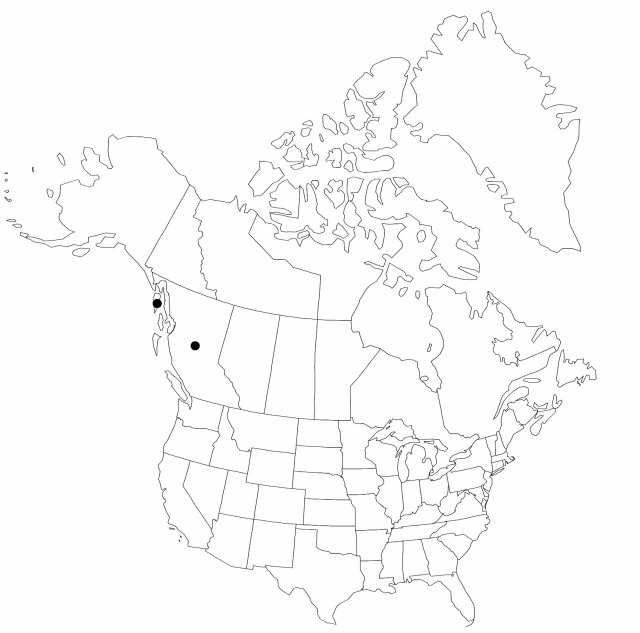Carex arctiformis
in N. L. Britton et al., N. Amer. Fl. 18: 97. 1931.
Plants densely cespitose, in large clumps; rhizomes short. Culms erect, strict, stoutish (2.5–4 mm at base), (15–) 20–50 cm. Leaves: sheaths pale-brown abaxially, inner band hyaline, concave at summit; ligules slightly longer than wide, acutish; blades pale gray-green to bluish green, flat, 10–30 cm × 2–4 mm, subequal to shorter than culms. Inflorescences 1.5–3 (–4) cm × 8–14 mm; proximal bracts shorter than to exceeding spikes; distal bracts scalelike. Spikes 3–6, gynecandrous, closely approximate, proximal spikes only slightly separate, containing 15–30 perigynia, ovoid to short-oblong, 6–10 × 4–6 mm; terminal spike staminate for less than 1/2 of length, not or scarcely clavate. Pistillate scales dull green-white, often redbrown tinged, midvein green, margins white-hyaline, ovate, subequal to somewhat concealing perigynia, apex cuspidate to acute. Perigynia appressed-ascending, gray-green, sometimes dark-brown in age, obscurely many-veined faces, ovate-elliptic, 2.5–3 × 1.5 mm, widest near middle, membranous; beak nearly entire or few marginal teeth. Achenes yellowbrown, oblong-obovate, 1.5 × 1–1.25 mm, dull to slightly glossy. 2n = 56.
Phenology: Fruiting May–Jun.
Habitat: Sphagnum bogs, other wet places, mostly lowlands
Elevation: 0–50 m
Discussion
Selected References
None.
Lower Taxa
"shortened" is not a number.

